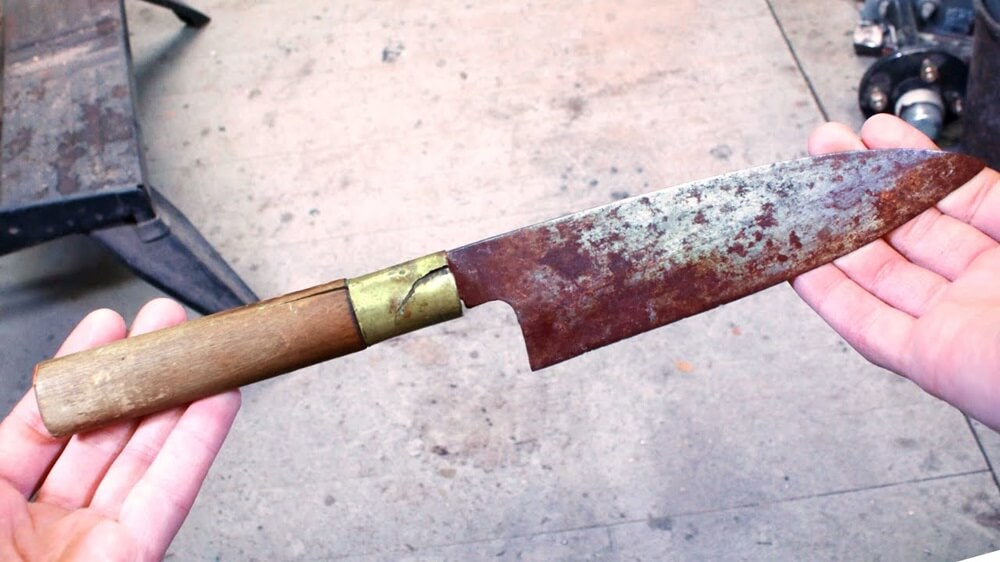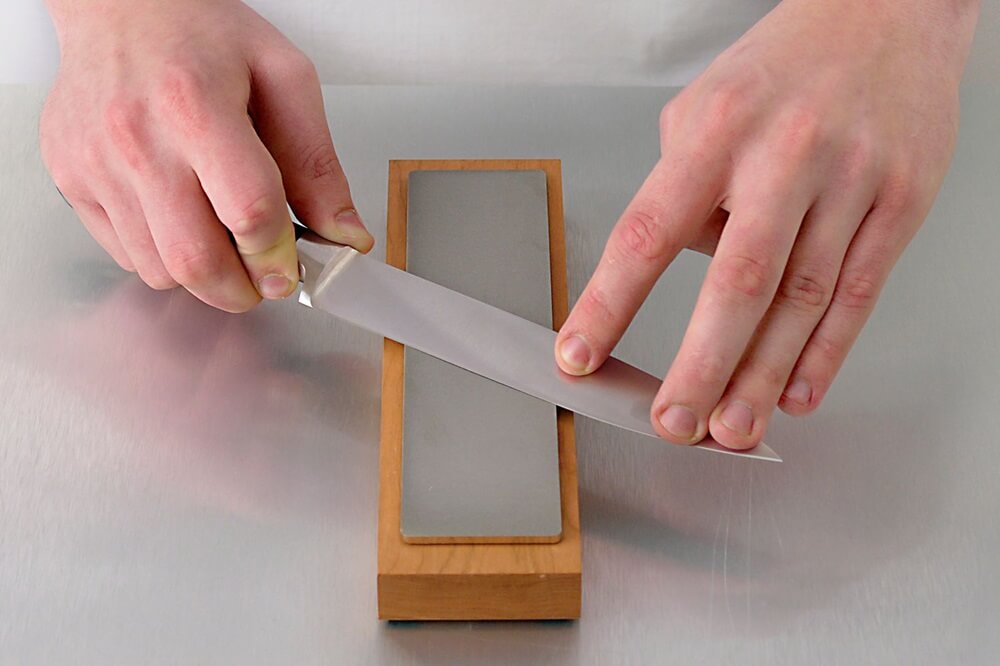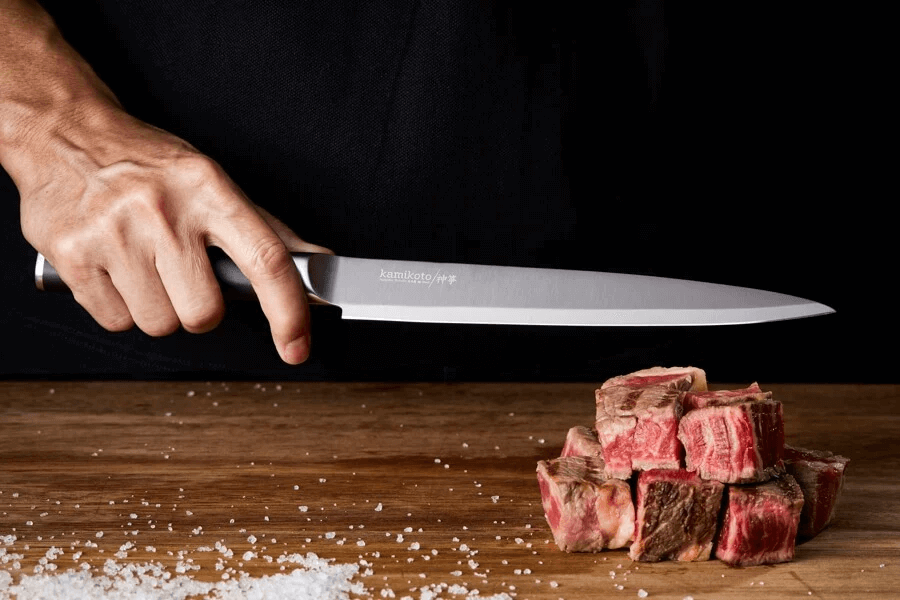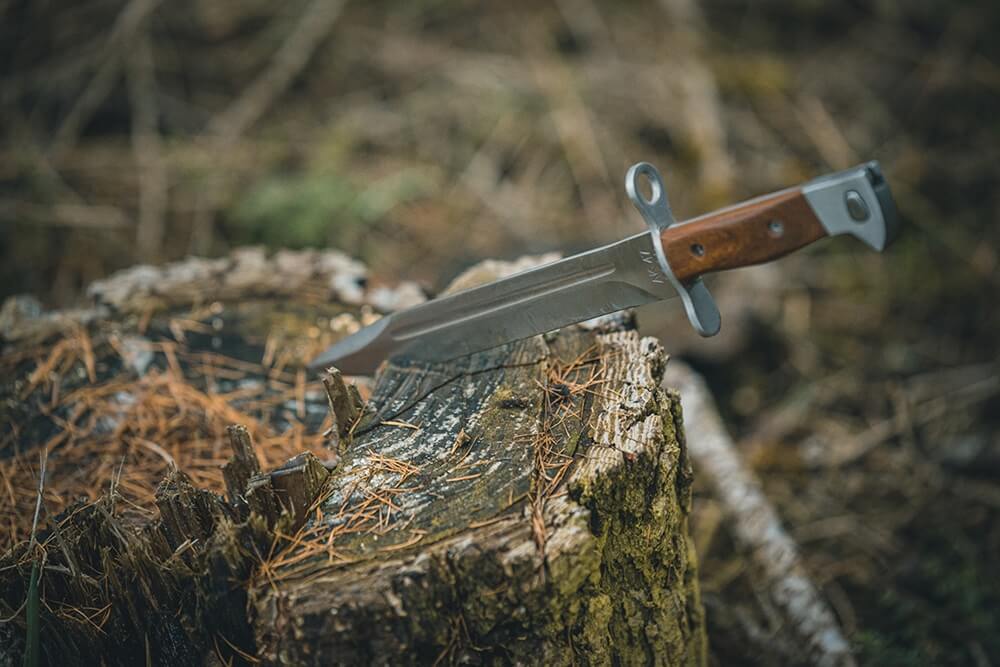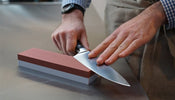
Edge Mastery - 5 Best Ways to Sharpen a Knife Razor Sharp
, by Jenifer den, 7 min reading time

, by Jenifer den, 7 min reading time
Knives are essential in our daily routines, whether in the kitchen, at work, or during outdoor adventures. However, a skill not as widespread is maintaining a knife's sharpness and truly understanding the meaning of a "razor-sharp" edge.
This guide unveils some secrets behind achieving and preserving a knife's sharpness.
Though one could pursue extreme measures to attain the pinnacle of sharpness for their everyday carry (EDC), this guide will focus on the best way to sharpen a knife to a razor-sharp condition, ensuring a reliably sharp edge for a wide range of cutlery.
Sharpening a knife to a razor-sharp edge involves various techniques, each suitable for different preferences and available tools. Whether you're a chef, outdoors person, or hobbyist, mastering these methods can significantly improve your knife's performance.
Here are five effective ways to achieve that sought-after razor-sharp edge:
The sharpening stone, or whetstone, is a classic and widely used approach. It requires sliding the blade across the stone at the correct angle to hone the edge gradually.
This method is effective for comprehensive sharpening, starting with a coarser grit to reshape the edge and finishing with a finer grit to polish it.
The micro bevel technique involves adding a very slight secondary bevel at the very edge of the knife. After sharpening the knife at the usual angle, you slightly increase the angle for the final few strokes.
This creates a durable edge that's still razor-sharp, ideal for knives that see a lot of use.
Stropping polishes the blade's edge to a mirror-like finish, removing any burr and aligning the edge at the microscopic level. Using a leather strop after sharpening can significantly enhance the knife's sharpness, gliding through the material with minimal effort.
While often used for maintaining an edge, a honing rod can refine sharpness when used correctly. Regularly running the knife along a honing rod realigns the edge, keeping it straight and sharp.
It's most effective as a maintenance tool between more thorough sharpening sessions.
Electric sharpeners are a modern solution for those seeking convenience and speed. These devices often feature multiple stages, from grinding a new edge to fine-honing.
While not always able to achieve the personalized sharpness of manual methods, they offer a quick and easy way to maintain a sharp edge.
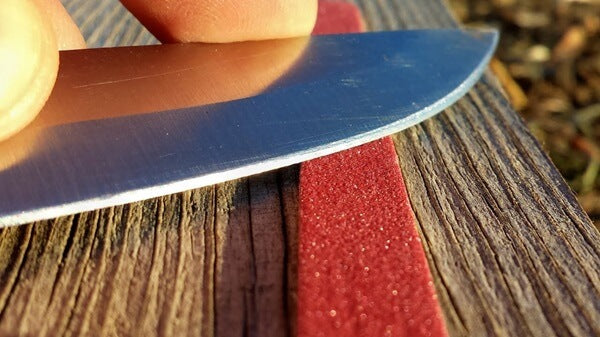
Sharpening your knife involves several steps, but with dedication, practice, and attention to detail, anyone can learn how to get a knife razor-sharp with minimal investment for significant results.
The process includes the following considerations:
The initial step involves examining the knife's edge to identify any damage.
It's also beneficial to assess the thickness just behind the edge. If your knife gets stuck in materials more frequently after several sharpenings and isn't slicing as smoothly as before, it might be time to thin out the area behind the edge.
The process begins with de-stressing the edge.
Determining the correct sharpening angle is crucial if you don't have specific tools.

Over time, even the finest knives will inevitably dull, regardless of the quality of the steel. The extent of dullness will determine whether a quick touch-up or a complete re-sharpening is necessary.
Mastering the art of keeping a knife razor-sharp is an invaluable skill that enhances the utility and longevity of your cutlery. By understanding and applying techniques such as sharpening stone, micro beveling, stropping, and more, you can ensure your knives remain in peak condition, ready for any task.
